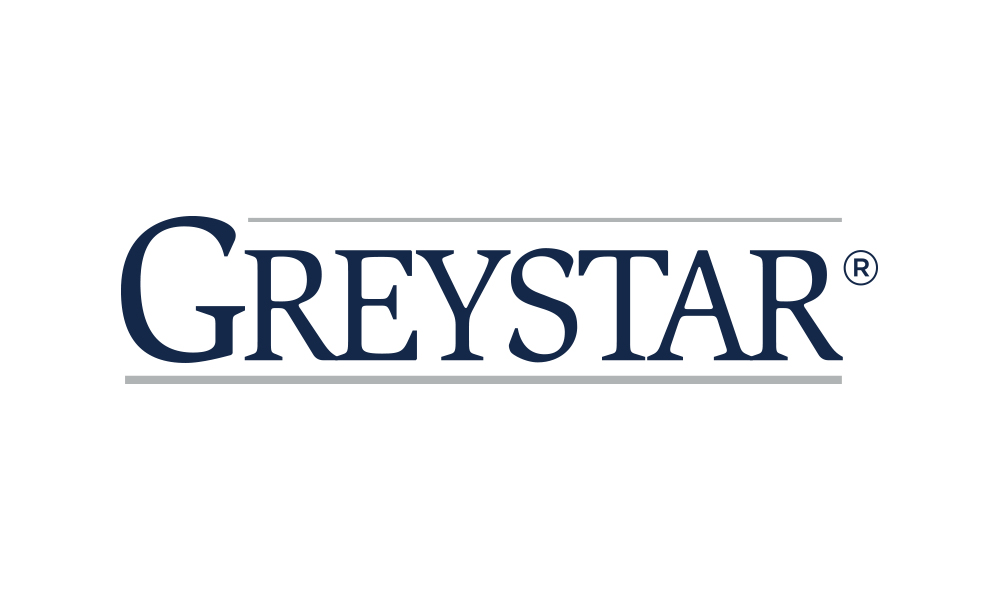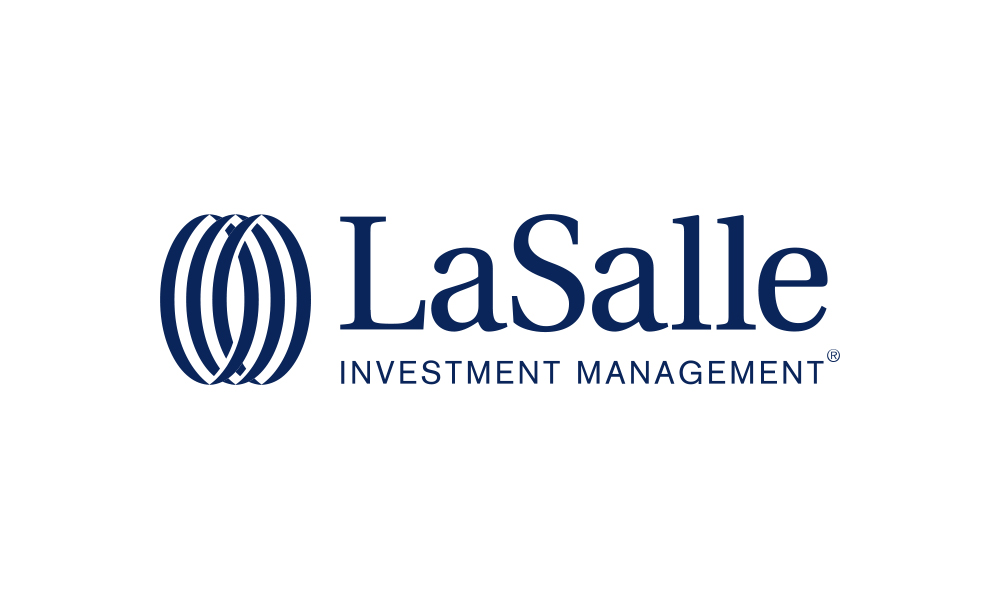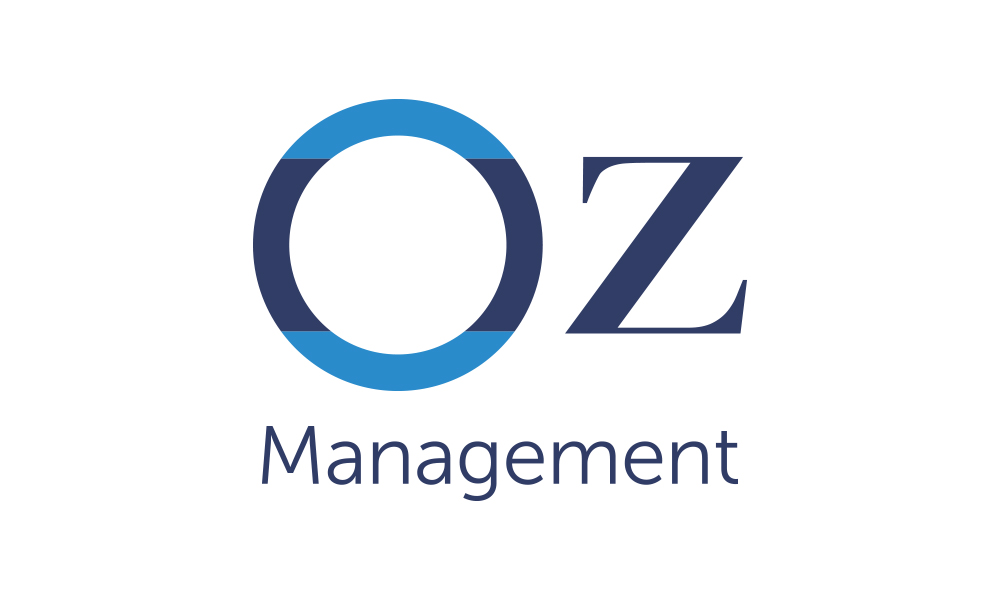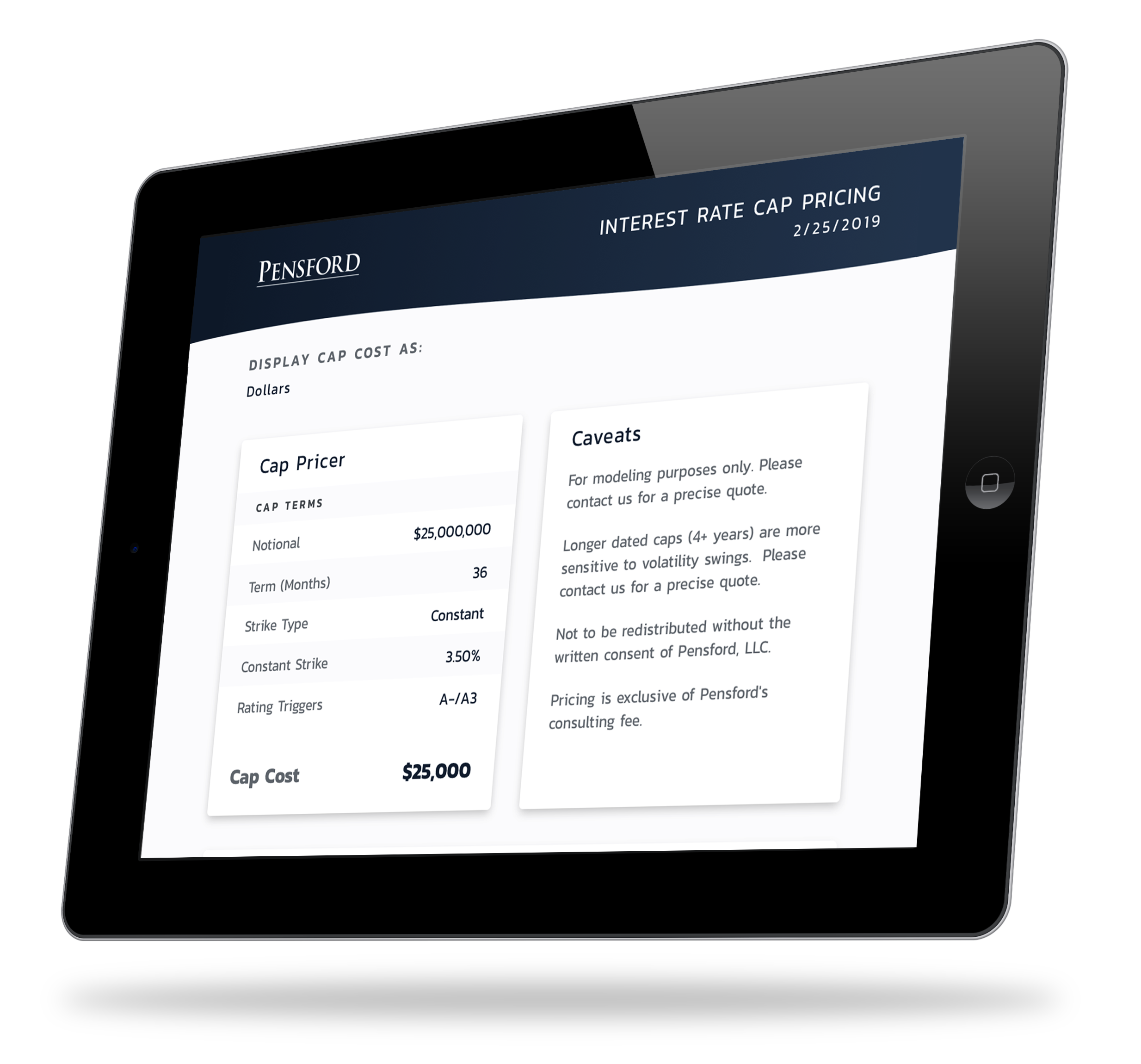Trusted by





Where the market expects LIBOR to move over the term of the cap, not today’s LIBOR, is a key driver of cap costs. Interest rate expectations are really best expressed through swap rates. Therefore, if swap rates move higher, the market expects the cap to provide more protection and it drives up the cost. Conversely, if swap rates fall, the market expects the cap to provide less protection and the cost falls.
Volatility is the measure of confidence, or lack thereof, that traders have in current rate expectations. A higher volatility means a greater variance in potential outcomes. When volatility spikes, it can drive up the cost of a cap even as swap rates are falling.
We Help You Make Informed Decisions On Structuring Interest Rate Caps





Interest rate caps are one of the most efficient ways to hedge against an increase in LIBOR and are most commonly used to hedge short term financings. Caps offer multiple advantages over other hedges, similar to swaps. These advantages can include, a known upfront cost, no prepayment penalty, dramatically reduced transaction cost and can be bid out to a variety of banks to obtain the lowest cost and best terms.
Download our Cap Pricer to compare month by month cost/benefit analysis of various structures. Our Cap Team can also help provide guidance when structuring a cap.
